Revenue down more than 50%
At 9am, the area around Soai Kinh Lam fabric market - the largest fabric wholesale market in Ho Chi Minh City - in District 5 (HCMC) is bustling with people. Everyone is rushing to carry out year-end shipments to earn some money to celebrate Tet.
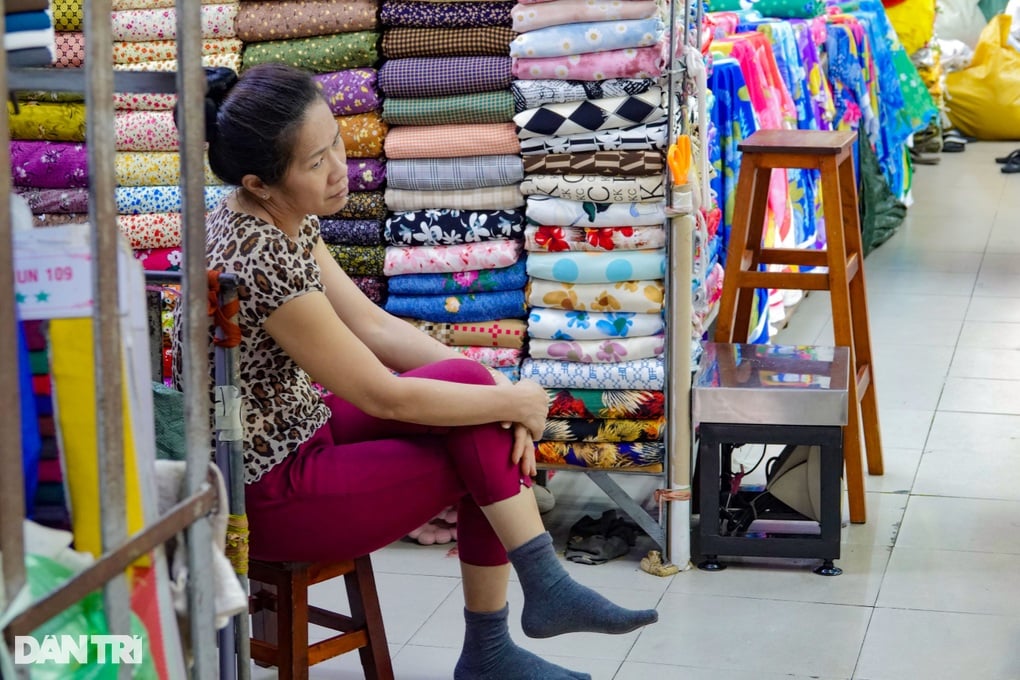
Soai Kinh Lam fabric market vendors are deserted, waiting for customers (Photo: Nguyen Vy).
However, the deeper one goes into the market, the more desolate the scene becomes, in stark contrast to the bustling scene outside. At the entrance to the market, dozens of vendors are seen looking at their phones sadly... to relieve boredom.
"I have been selling here since 1989, when the market was first established, but I have never seen such a slump. Regular customers rarely come by, they only call when they need goods, but now it is rare to see them call. Even if they do order, they buy small quantities because this year the economy is difficult, and their customers cannot sell," said Ms. Hoa Dung (60 years old), a stall owner at the market.
According to Ms. Hoa Dung, the difficult business situation has occurred since the Covid-19 period. Instead of her customers placing orders continuously like before, now they have to place orders once every 2-3 months.
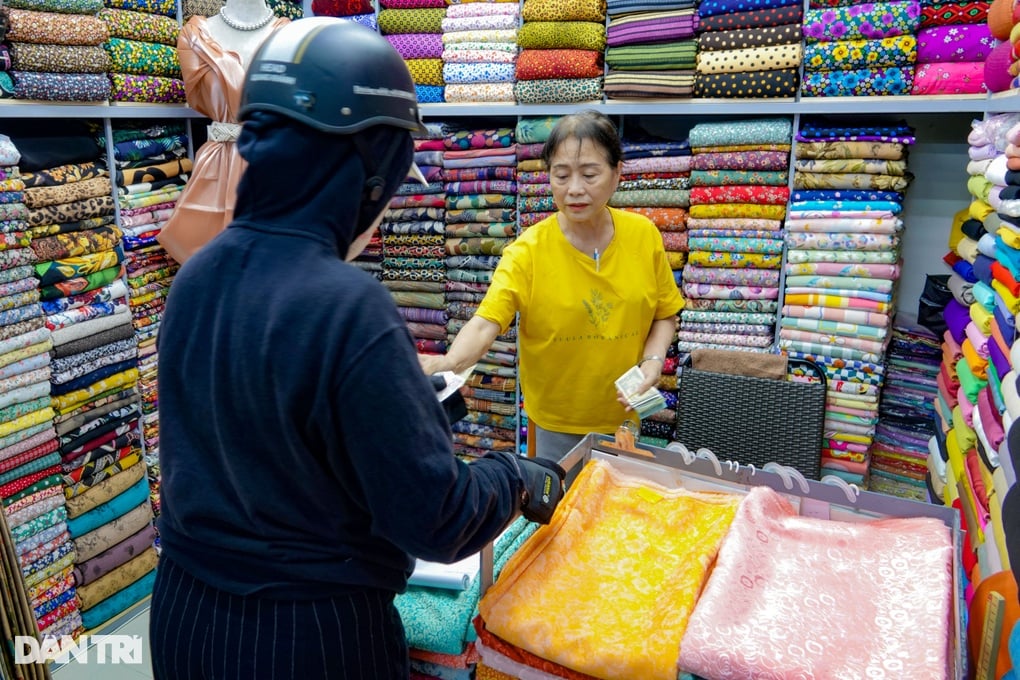
From wholesale, orders worth tens of millions of dong, Ms. Hoa Dung now accepts retail, orders worth only a few million dong (Photo: Nguyen Vy).
"My stall's revenue has dropped by more than 50%. Before, daily revenue of 50 million VND was normal. But now it's completely non-existent," the vendor confided.
Pointing to the rows of stalls, Ms. Hoa Dung said sourly: "A few years ago, especially near Tet, the streets were packed with buyers, and if you wanted to get inside, you had to jostle. But now there is no one, the wholesale market is full of sellers, no buyers in sight!"
Here, some stalls have closed because the traders bring their goods home to sell to save costs.
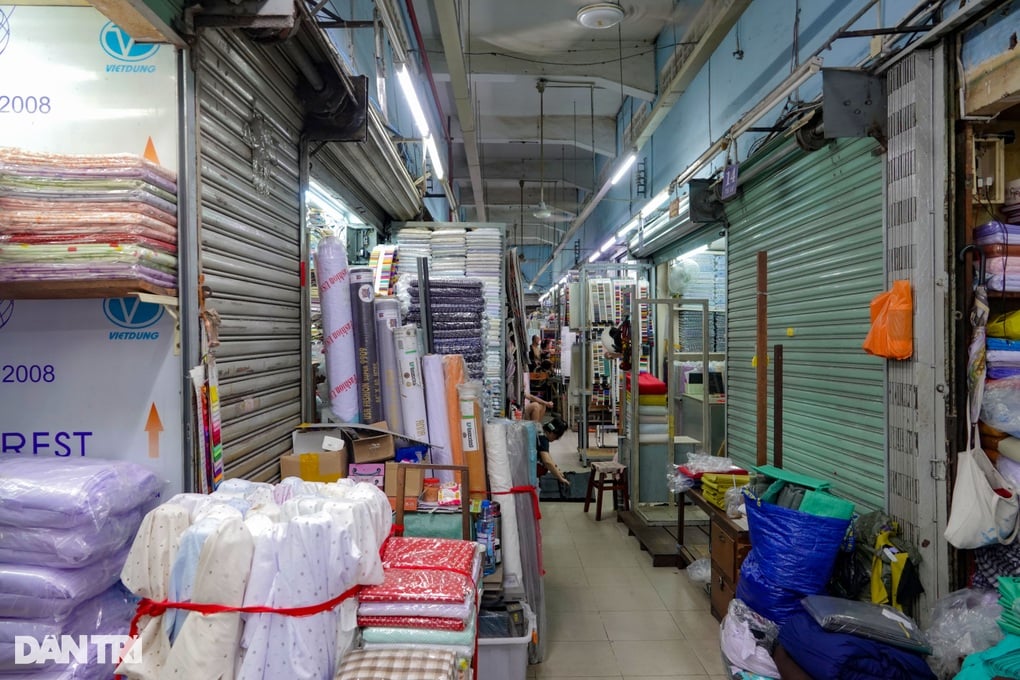
Many stalls have been "locked and bolted" because the traders returned their stalls or temporarily closed them and went home to sell to save costs (Photo: Nguyen Vy).
"It's so quiet! Now the road to the market is so empty that the vendors can even play soccer here," said Ms. Kieu, the stall owner, half-jokingly.
When small traders are slow, the income of those who carry goods is also affected. Mr. T. (50 years old), who has been a freelance carrier at the market for many years, said: "When the market was still crowded, I could earn 400,000-500,000 VND per day. But now it is very little, sometimes no one calls me to carry goods. It should be crowded during Tet, but why is it so deserted this year?"
Can't stand it
Ms. Hoa Dung has 2 stalls and 1 warehouse. To maintain her business, every month she has to "bear" the costs of renting the stall, warehouse, hiring 2 employees, taxes, etc. from 30 to 40 million VND.
"As a wholesale market, we mainly sell "pillows" to regular customers. That means customers place orders throughout the year, and at the end of the year, we close the book to pay in one go. If we're lucky, they'll pay us all, and we'll have money to celebrate Tet, otherwise we'll be broke," Ms. Hoa Dung confided.
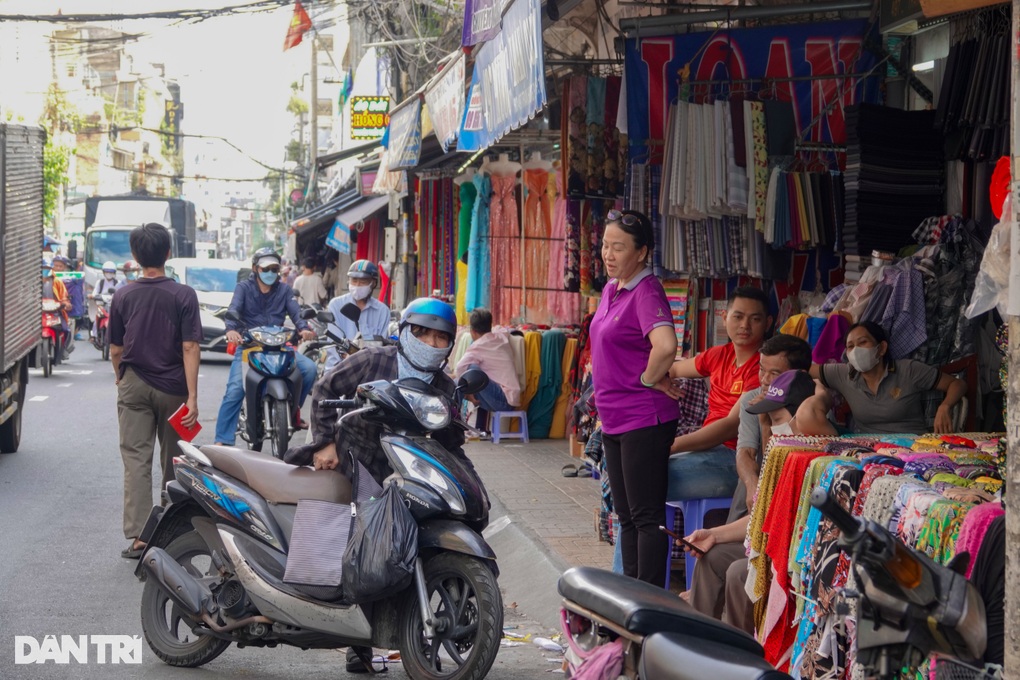
There are more sellers than buyers (Photo: Nguyen Vy).
Faced with the sluggish business, the merchant switched from wholesale to retail, "selling as much as anyone buys". Merchants like Ms. Hoa Dung also cook at home to take with them, to save costs.
"Now, we'll salvage as much as we can, trying to hold on through this period. Most of the businesses here have been in business for many years, considering this job the main source of income for the whole family. Those with families of only 2-3 people can still survive, but those with more will have to close their stalls and change to another job," the merchant said with a sigh.
Not far away, Mrs. Tam To, a 30-year-old trader at the market, also shook her head in dismay as her sales plummeted. With each passing day, the costs of maintaining her fabric shop weighed more heavily on her shoulders.
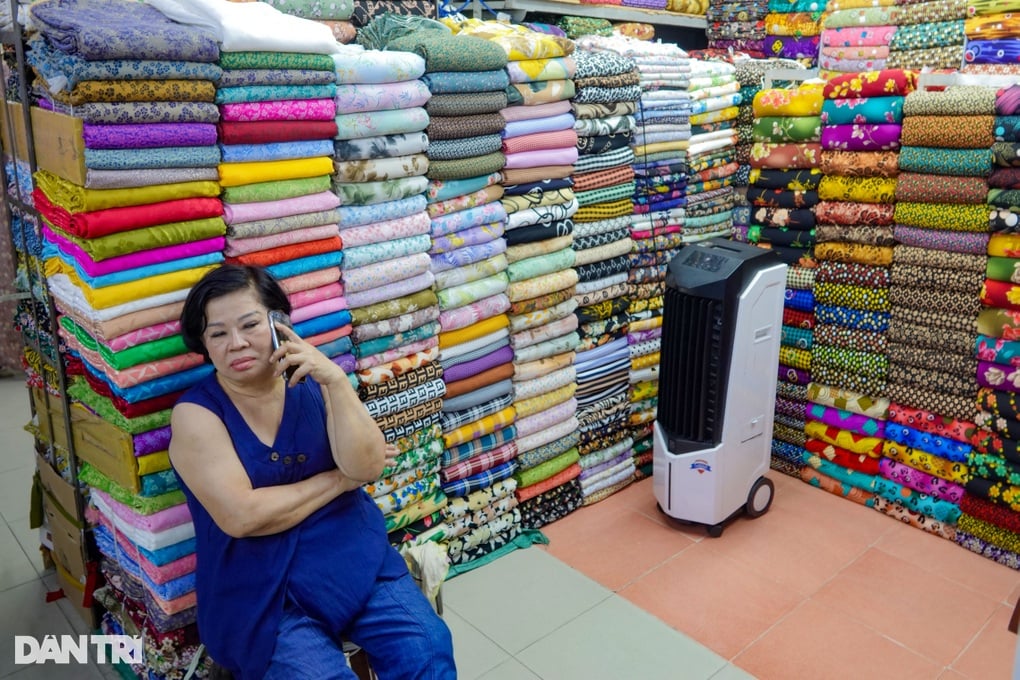
Mrs. Tam To is fed up, afraid that her business will not last until the new year (Photo: Nguyen Vy).
"Customers stay at home, just surf the phone and see what they like and order it to be delivered to their doorstep, so no one wants to go to the market anymore. We also have to compete with online sellers. While they don't have to bear as many costs as us," Ms. Tam To said frankly.
With monthly fees of up to 30 million VND, the trader said she may not be able to survive next year. She herself does not know whether to change her business model or switch to another profession.
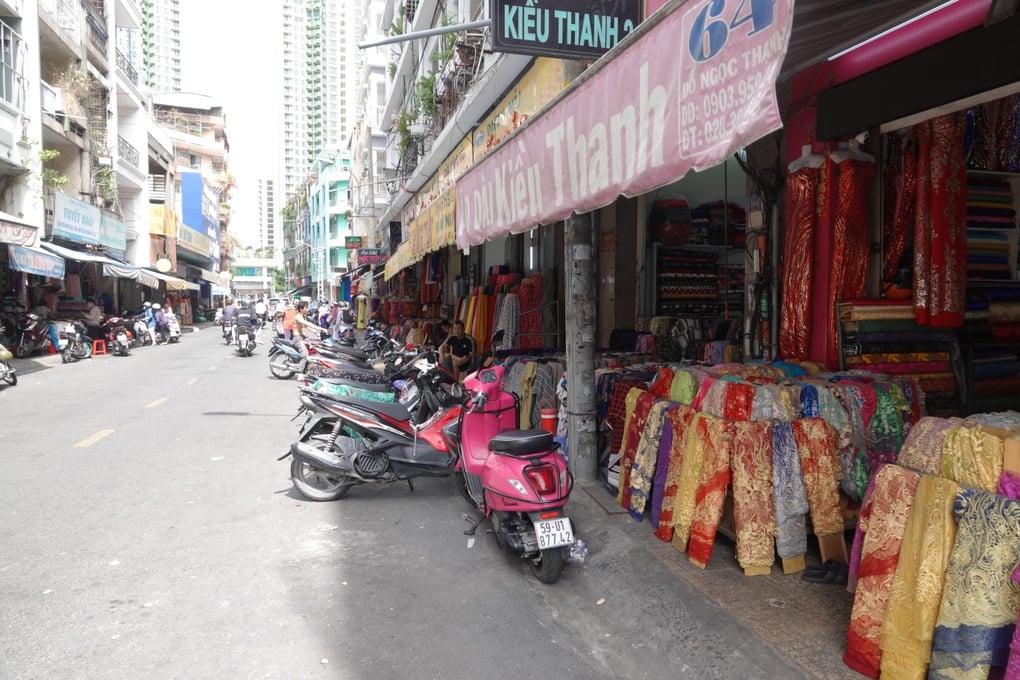
"We are all old here, used to the traditional way of selling. Now I can't do anything online, livestream, sing and laugh there. I can only wait for the economy to recover, at least until next year, then think about it," Ms. Tam To shared.
In the front area of the market, only a few shops had customers, the lucky traders were "busy". Many other shops, although located on the frontage of Tran Hung Dao B and Do Ngoc Thach streets, the sellers just sat "yawning", waiting for buyers.
Soai Kinh Lam Market was established in 1989 when the People's Committee of District 5 re-planned the textile industry and relocated traders to Dong Khanh Commercial Center. From 1989 to 1995, the market developed strongly with nearly 1,000 stalls, controlling the source of textile goods throughout the country. Currently, the market only has a few stalls left.
Fabrics in Soai Kinh Lam come from many sources: China, Korea, Japan, India..., prices range from 100,000 VND to millions of VND/meter, depending on the quality and origin of the fabric.
Dawn
Source link




![[Photo] General Secretary To Lam chairs a working session with the Central Internal Affairs Commission](https://vphoto.vietnam.vn/thumb/1200x675/vietnam/resource/IMAGE/2025/5/22/3b7790f499da45b2803d8ae253207ef1)


![[Photo] Prime Minister Pham Minh Chinh chairs the Government's special meeting on law-making in May](https://vphoto.vietnam.vn/thumb/1200x675/vietnam/resource/IMAGE/2025/5/22/1c880aae96fd4e0894abc47a46fe19ba)

























































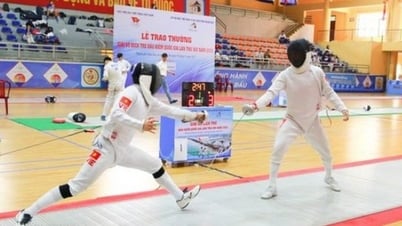






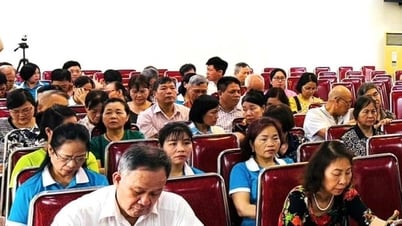


![[Podcast] Week introducing more than 500 OCOP products in Hanoi](https://vphoto.vietnam.vn/thumb/402x226/vietnam/resource/IMAGE/2025/5/22/d144aac2416744718388dbae3260e7fd)







Comment (0)